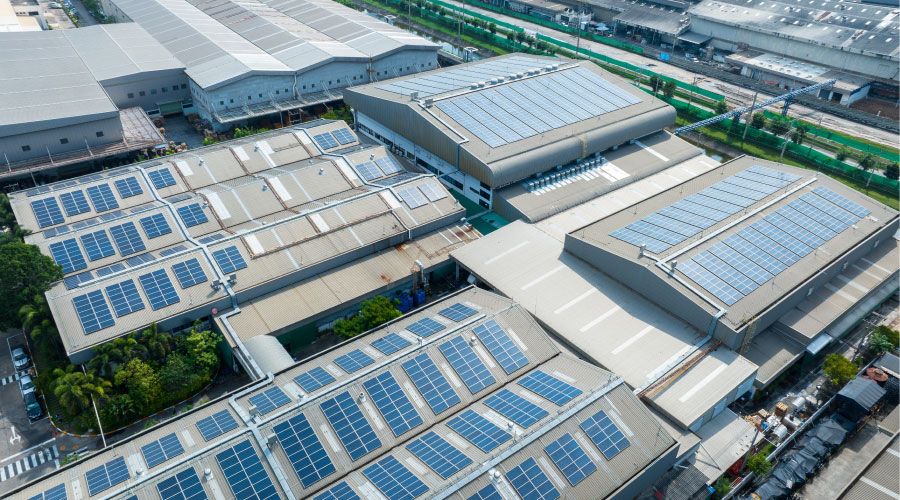Smart Grid: Managers Have Incentives for Reducing Demand
Institutional and commercial facilities represent about 20 percent of the load on the electrical grid, so maintenance and engineering managers in these facilities have a significant impact on utilities that produce, transmit, and distribute electricity. In turn, the way those utilities produce and distribute electricity efficiently, intelligently, and economically also affects these facilities.
This naturally symbiotic relationship between supply — utility — and demand — facilities — means managers should have a great deal of interest in the Smart Grid, which is the most important innovation utilities have undertaken in many years.
Controlling the Flow
The Smart Grid is an overlay or enhancement of the existing electrical grid using digital technology and smart meters to control the flow of electricity. It gives the utility better insight into when the grid is reaching peak loads in much greater detail, as well as the ability to control demand to avoid peak-demand periods. Rather than buy power on the spot market or bring additional supply online — usually at great cost — utilities use the Smart Grid's automation component, which allows them to control demand.
Utilities can control demand in two primary ways, and both rely on economic incentives to affect customer behavior. First, utilities can set up demand-reduction-incentive plans with facilities. The utility offers a facility a reduced rate for electricity with the understanding they can control some of the facility's load and shut it down during peak power periods. Second, they can offer a pricing structure that includes critical-peak pricing tariffs, under which electricity rates increase quickly during periods of high production and use.
In either case, managers have great incentive to adjust demand patterns as an intelligent, autonomous entity and support the Smart Grid. They can do this by using smart meters, load-communication schemes, and software programs that allow for a smart energy-use policy.
Related Topics:













